Home>Furniture>Outdoor Furniture>How To Store Patio Furniture Outside In Winter
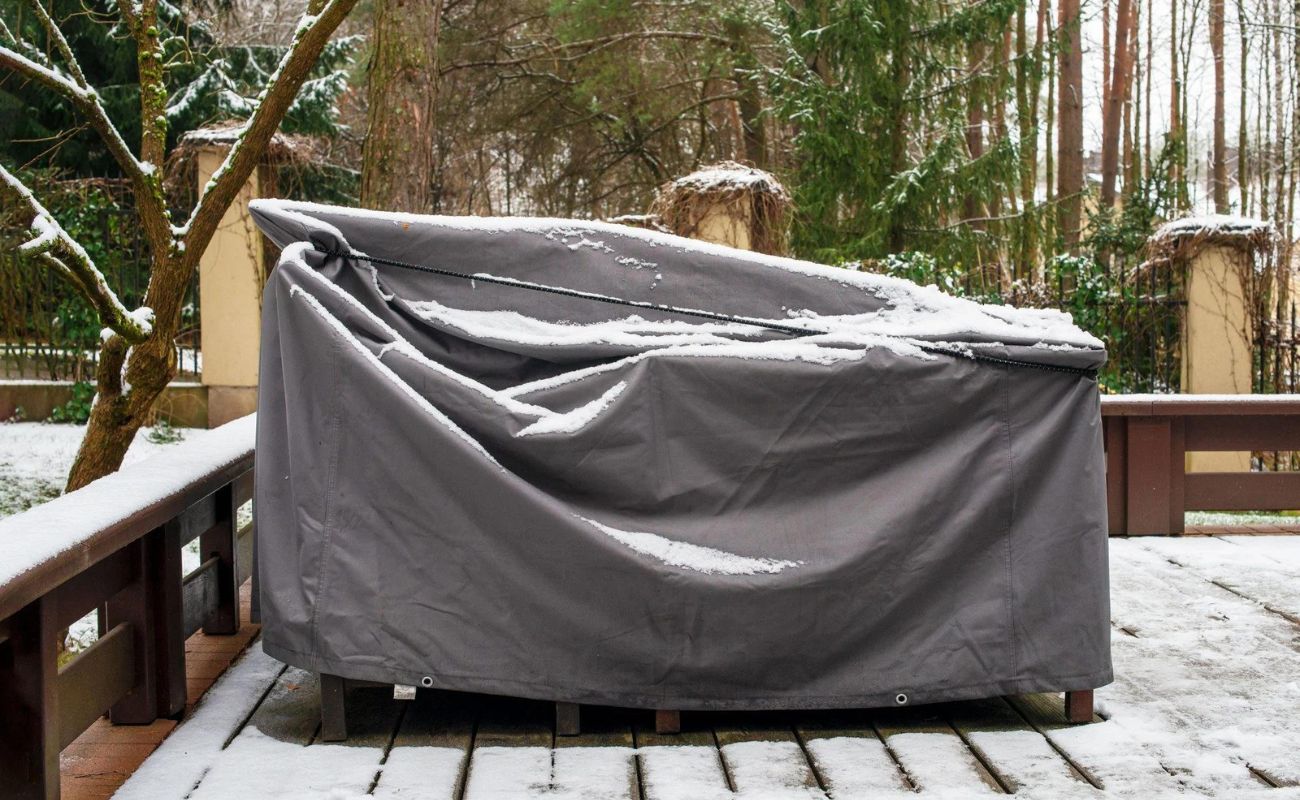

Outdoor Furniture
How To Store Patio Furniture Outside In Winter
Modified: November 1, 2024
Learn how to properly store your outdoor furniture during the winter months to protect it from damage.
(Many of the links in this article redirect to a specific reviewed product. Your purchase of these products through affiliate links helps to generate commission for Storables.com, at no extra cost. Learn more)
Introduction
Welcome to our guide on how to store patio furniture outside in winter. As the colder months approach, it’s important to take proper care of your outdoor furniture to ensure it remains in top condition and ready for use when the weather warms up again. Storing your patio furniture correctly during winter will not only protect it from damage caused by freezing temperatures, snow, and ice, but also extend its lifespan, saving you time and money in the long run.
In this comprehensive guide, we will provide you with expert tips and techniques on choosing the right patio furniture, cleaning and prepping for winter storage, covering your furniture, storing cushions and upholstery, and properly storing different types of materials such as wood, wicker, metal, plastic, and resin furniture. We will also address the importance of securing your patio furniture and offer maintenance tips to keep it in pristine condition during the winter months.
So, whether you have a sprawling outdoor seating area or a compact balcony setup, this guide will equip you with the knowledge you need to protect your investment and ensure your patio furniture remains in excellent condition throughout the winter season.
Key Takeaways:
- Choose durable, lightweight, and easy-to-disassemble patio furniture to prepare for winter storage. Look for UV-resistant materials to prevent fading and damage from sunlight.
- Clean, dry, and cover your patio furniture to protect it from winter elements. Secure cushions and upholstery separately, and regularly inspect and maintain your furniture for longevity.
Read more: How To Store Kayaks Outside In Winter
Choosing the Right Patio Furniture
When it comes to storing patio furniture outside during the winter, selecting the right pieces plays a crucial role in their ability to withstand the harsh elements. Here are some factors to consider when choosing the right patio furniture for easy winter storage:
- Durable Materials: Opt for materials that are known for their durability and weather resistance, such as teak, aluminum, or wrought iron. These materials are less likely to crack, fade, or become damaged due to temperature fluctuations and exposure to moisture.
- Easy to Disassemble: Look for furniture that can be easily disassembled or folded. This will make it more convenient to store and minimize the space required.
- Lightweight: Consider the weight of the furniture, especially if you plan to move it around frequently. Lightweight options are easier to handle and transport when it’s time to store them or bring them back out for use.
- Stackable or Foldable: Stackable chairs and foldable tables are great space-saving options. They can be neatly stacked or folded when not in use, allowing for efficient storage in small spaces.
- UV Resistance: Look for furniture that offers UV resistance to prevent fading and damage from sun exposure. This is especially important if you live in an area with intense sunlight or plan to leave your furniture outside during the summer months as well.
By considering these factors when choosing your patio furniture, you can ensure that it is well-suited for winter storage and can withstand the elements without requiring excessive maintenance or repairs.
Cleaning and Prepping for Winter Storage
Before you start the process of storing your patio furniture outside for winter, it’s crucial to clean and prepare it properly. This ensures that any dirt, debris, or moisture is removed, reducing the risk of damage during storage. Here are some steps to follow:
- Remove Cushions and Fabric: Take off any cushions or fabric upholstery from your furniture. Clean them according to the manufacturer’s instructions, and make sure they are completely dry before storing them separately.
- Wipe Down Surfaces: Use a mild soap and water mixture to wipe down all surfaces of the furniture, including frames, tabletops, and armrests. This will remove any dirt, dust, or stains.
- Deep Clean if Necessary: If your furniture has stubborn stains or grime, you may need to use a specific cleaner suitable for the material. Follow the manufacturer’s instructions and use a soft brush or sponge to gently scrub the surface.
- Check for Rust: If you have metal furniture, inspect it for any signs of rust. Use a rust remover or sandpaper to gently remove any rust spots, then apply a protective coating or paint to prevent further rusting.
- Dry Thoroughly: After cleaning, allow your furniture to dry completely. This is important to prevent mold or mildew growth during storage.
- Treat Wood and Wicker: If you have wooden or wicker furniture, consider applying a protective sealant or oil to preserve the natural beauty and protect it from moisture damage.
- Inspect for Damage: Take the time to inspect your furniture for any existing damage or loose parts. Address any issues before storing to prevent further damage or potential safety hazards.
By following these cleaning and prepping steps, you can ensure that your patio furniture is ready for storage and will be in optimal condition when you retrieve it for use in the spring.
Covering Patio Furniture
One of the key steps in protecting your patio furniture during winter storage is covering it properly. A high-quality cover acts as a barrier, keeping out dust, dirt, moisture, and other potential sources of damage. Here are some tips for effectively covering your patio furniture:
- Select the Right Cover: Choose a cover that is specifically designed for your type of furniture. It should fit snugly, providing full coverage without excessive sagging or gaps.
- Waterproof Material: Look for a cover made from waterproof material to protect against rain, snow, and moisture. This will help prevent rust, mold, and mildew from forming on your furniture.
- Ventilation: Ensure that the cover has proper ventilation to prevent condensation and allow air circulation. This helps to prevent mold and mildew growth.
- Tie-Downs or Straps: Opt for covers with tie-downs or straps to secure them tightly around your furniture. This prevents the cover from being blown off by strong winds, ensuring maximum protection.
- Remove Any Sharp Objects: Before covering your furniture, make sure to remove any sharp or protruding objects that could potentially puncture or tear the cover.
- Elevate the Covers: If possible, elevate the covers by using risers or placing the furniture on pallets. This helps to prevent water pooling and potential damage to the furniture underneath.
- Regular Inspection: Periodically check the covers throughout the winter season to ensure they are secure and in good condition. Replace any damaged covers promptly.
Remember, covering your patio furniture is an essential step in protecting it from the harsh winter elements. By investing in high-quality covers and implementing proper covering techniques, you can extend the longevity of your furniture and keep it looking its best.
Storing Cushions and Upholstery
Properly storing cushions and upholstery is crucial to protect them from dirt, moisture, and potential damage during winter storage. Follow these steps to ensure your cushions and upholstery remain in excellent condition:
- Clean Thoroughly: Before storing, thoroughly clean your cushions and upholstery according to the manufacturer’s instructions. Use a mild detergent and warm water to remove any stains, dirt, or debris. Allow them to dry completely.
- Remove Cushion Covers: If your cushions have removable covers, take them off and launder them separately. Follow the care instructions to properly clean and dry them before storing.
- Use Storage Bags: Consider using storage bags or plastic bins to protect your cushions and upholstery. Make sure the bags are clean and dry before placing the items inside.
- Avoid Compression: Avoid compressing your cushions too tightly, as this can distort their shape. Instead, stack them loosely, or store them in separate bags to maintain their form.
- Prevent Moisture: Place a moisture-absorbing packet or desiccant inside the storage bags to prevent moisture buildup and discourage mold or mildew growth.
- Store in a Dry Location: Find a dry location to store your cushions and upholstery. Avoid basements or areas prone to dampness. If possible, choose an elevated area to prevent contact with the floor.
- Avoid Stacking Heavy Items: Do not stack heavy items on top of your cushions, as this can crush and damage them. If you need to stack items, place a protective barrier, such as a cardboard sheet, between the cushion layers to prevent compression.
- Regular Inspection: Periodically check on your stored cushions and upholstery throughout the winter. Ensure there is no signs of moisture, pests, or damage. Take necessary steps to address any issues promptly.
By following these guidelines, you can keep your cushions and upholstery fresh and ready for use when the warmer weather returns. Proper storage will prevent any potential damage and ensure that they remain in great condition for years to come.
To store patio furniture outside in winter, use waterproof covers to protect from snow and moisture. Clean and dry the furniture before covering to prevent mold and mildew. Store cushions and fabric items indoors to prevent damage.
Storing Wood, Wicker, and Metal Furniture
Storing different types of patio furniture requires specific considerations to maintain their condition during the winter months. Here are some tips for storing wood, wicker, and metal furniture:
Wood Furniture:
- Clean and dry your wood furniture thoroughly before storing to prevent the growth of mold or mildew.
- Apply a protective sealant or oil to the wood to help maintain its natural moisture and prevent cracking or splitting.
- Store wood furniture in a dry, well-ventilated area to prevent excess moisture buildup.
- If possible, elevate the furniture off the ground to avoid contact with damp surfaces.
- Avoid storing near heat sources, as this can cause the wood to dry out excessively.
Wicker Furniture:
- Clean your wicker furniture with a soft brush or vacuum to remove any dirt or debris.
- Inspect the weave for any loose strands or damage. Repair or replace as necessary.
- Store wicker furniture in a cool, dry place to prevent humidity and moisture from damaging the material.
- Consider applying a coat of protective varnish or furniture wax to maintain its appearance and protect the wicker from drying out.
- Use furniture covers or wrapping to provide an extra layer of protection.
Metal Furniture:
- Thoroughly clean your metal furniture to remove any dirt or debris, using a mild detergent and water.
- Inspect the furniture for any signs of rust and remove it using a rust remover or sandpaper. Apply a protective coating or paint to prevent future rusting.
- Store metal furniture indoors, if possible, to protect it from harsh winter elements.
- If storing outdoors, cover metal furniture with a waterproof cover to prevent exposure to moisture.
- Consider using furniture glides or rubber stoppers to elevate the furniture slightly off the ground to avoid contact with damp surfaces.
By following these storage tips, you can ensure the longevity and quality of your wood, wicker, and metal patio furniture throughout the winter season.
Storing Plastic and Resin Furniture
Storing plastic and resin furniture properly during winter will help maintain its durability and appearance. Here are some tips for storing plastic and resin furniture:
- Clean Thoroughly: Before storing your plastic or resin furniture, clean it thoroughly with mild soap and water to remove any dirt, stains, or debris. Use a soft brush or sponge for scrubbing.
- Ensure Complete Drying: Allow the furniture to dry completely before storage to prevent mold or mildew growth. Make sure there is no moisture trapped in any crevices or areas.
- Disassemble if Possible: If your plastic or resin furniture is modular or has detachable parts, disassemble it for easier storage. This will help save space and protect the more delicate components.
- Stack or Bundle: If disassembling is not possible, stack the furniture pieces or bundle them together to reduce the space they occupy. This also helps prevent them from toppling over during storage.
- Store in a Covered Area: Find a covered or sheltered area for storing plastic and resin furniture. This will protect it from direct exposure to sunlight and prevent fading or discoloration.
- Avoid Heavy Weight: Do not stack heavy objects on top of your plastic or resin furniture, as it may deform or crack under excessive weight.
- Use Protective Covers: If storing the furniture outdoors, consider using a waterproof cover to protect it from rain, snow, and other elements. Ensure that the cover is properly secured to prevent wind from blowing it off.
- Keep Away from Heat Sources: Avoid storing plastic or resin furniture near heat sources, as extreme heat can cause warping or damage to the material.
- Regular Inspection: Periodically check on your stored plastic or resin furniture during the winter months. Look for any signs of damage, moisture buildup, or pest infestation, and take appropriate measures to address these issues.
By following these storage tips, you can keep your plastic and resin furniture in excellent condition and ensure its longevity for years to come.
Securing Patio Furniture
Securing your patio furniture is essential to prevent damage, ensure safety, and maintain its overall integrity during the winter months. Here are some tips for securing your patio furniture:
- Anchor Heavy Furniture: If you live in an area prone to strong winds or storms, consider anchoring heavier furniture pieces, such as tables or larger umbrella stands, to the ground. This can be done using straps, stakes, or weights designed for outdoor use.
- Tie Down or Secure Lightweight Furniture: Lightweight furniture, such as chairs or smaller items, can be susceptible to wind gusts. Secure them by using bungee cords, ropes, or furniture straps to attach them to a stable structure, such as a railing or post.
- Store Small and Fragile Items: Move small and fragile items, such as decorative accessories or delicate glassware, indoors for the winter. This not only protects them from the elements but also prevents them from being knocked over or damaged by strong winds.
- Use Covers with Tie-Downs: Ensure that your furniture covers have tie-downs or cinch straps to secure them tightly. This prevents them from being blown off by strong winds and protects your furniture from exposure to the elements.
- Store Cushions and Upholstery Indoors: To prevent them from being scattered by winds or damaged by moisture, store cushions, and upholstery indoors during the winter. This will also help maintain their shape and quality.
- Elevate Furniture: If possible, elevate furniture off the ground to protect it from standing water or snow. Place bricks, pallets, or furniture risers underneath the legs to create clearance.
- Secure Umbrellas: Ensure that umbrellas are tightly closed and properly secured. Use an umbrella cover or tie it closed with a bungee cord or strap to prevent it from opening unexpectedly during strong winds.
- Regularly Check and Adjust: Periodically inspect your patio furniture throughout the winter. Check for any signs of shifting, loose ties, or damage. Make the necessary adjustments or repairs to keep your furniture secure and protected.
By taking these steps to secure your patio furniture, you can mitigate the risk of damage caused by strong winds or inclement weather conditions. This will help preserve your investment and provide peace of mind during the winter months.
Maintaining Patio Furniture during Winter
Maintaining your patio furniture during the winter is essential to ensure its longevity and keep it in excellent condition. Here are some tips to help you properly maintain your furniture during the winter months:
- Regular Cleaning: Even in winter, it’s important to periodically clean your patio furniture to remove any dirt, debris, or stains that may have accumulated. Use a mild soap and water solution and a soft brush or cloth to gently clean the surfaces.
- Inspect for Damage: Regularly inspect your furniture for any signs of damage, such as cracks, chips, or loose screws. Address any issues promptly to prevent further damage and ensure the safety of your furniture.
- Remove Snow and Ice: After snowfall or icy conditions, remove any accumulated snow or ice from your furniture. Use a soft brush or a plastic shovel to avoid scratching the surfaces. Avoid using metal tools that can cause damage.
- Keep Away from Heat Sources: Do not place your furniture near direct heat sources, such as fire pits or heaters, as extreme heat can cause warping, discoloration, or other damage to the materials.
- Protect against UV Rays: If your furniture is exposed to sunlight during the winter, consider using UV-protective coatings or treatments to minimize the potential for fading or discoloration.
- Check Covers and Tarps: Regularly inspect furniture covers and tarps for any signs of wear or damage. Replace them if necessary to ensure proper protection from the elements.
- Remove Moisture: If your furniture gets wet due to rain or snow, wipe it dry as soon as possible. Moisture can lead to mold or mildew growth and cause damage to the furniture.
- Apply Protective Coatings: Consider applying a protective wax, sealant, or rust inhibitor to metal surfaces to add an extra layer of protection during winter storage.
- Store in Dry Area: If possible, store your patio furniture in a dry indoor space, such as a garage or basement, during the winter months. This provides the highest level of protection against the elements.
- Rotate and Rearrange: Periodically rotate and rearrange the furniture pieces stored outdoors to ensure even exposure to sunlight and prevent any potential damage or discoloration.
By following these maintenance tips, you can keep your patio furniture in optimal condition throughout the winter season, ready for use and enjoyment when warmer weather returns.
Read more: How To Store Patio Umbrella For Winter
Conclusion
As the winter season approaches, properly storing your patio furniture outside becomes crucial to maintain its condition and ensure its longevity. By following the guidelines in this comprehensive guide, you can protect your outdoor furniture from the harsh elements and keep it in excellent shape for many years to come.
Start by choosing the right patio furniture that is durable and easy to disassemble or stack. Clean and prep your furniture for winter storage by removing cushions, wiping down surfaces, and addressing any damage. Use high-quality covers to protect your furniture from dust, dirt, and moisture. Properly store cushions and upholstery separately, ensuring they are clean and dry.
When storing wood, wicker, or metal furniture, take precautions to prevent moisture damage and protect against rust. For plastic and resin furniture, ensure it is clean, dry, and covered adequately. Secure your patio furniture to prevent damage from strong winds and consider storing smaller or fragile items indoors.
Throughout the winter months, maintain your patio furniture by periodically cleaning it, inspecting for damage, and removing snow or ice. Protect furniture from extreme heat and UV rays, and store it in a dry area whenever possible. Regularly check covers and tarps, as well as apply protective coatings as needed.
By following these tips and taking proper care of your patio furniture, you can ensure its longevity and preserve its beauty for many seasons of outdoor enjoyment. With proper storage and maintenance, your patio furniture will be ready to welcome you back outdoors when the warmer weather returns.
So, prepare your patio furniture for winter storage following these guidelines, and rest easy knowing that your investment is protected. With a little effort now, you can enjoy many more seasons of outdoor relaxation and entertainment.
Frequently Asked Questions about How To Store Patio Furniture Outside In Winter
Was this page helpful?
At Storables.com, we guarantee accurate and reliable information. Our content, validated by Expert Board Contributors, is crafted following stringent Editorial Policies. We're committed to providing you with well-researched, expert-backed insights for all your informational needs.
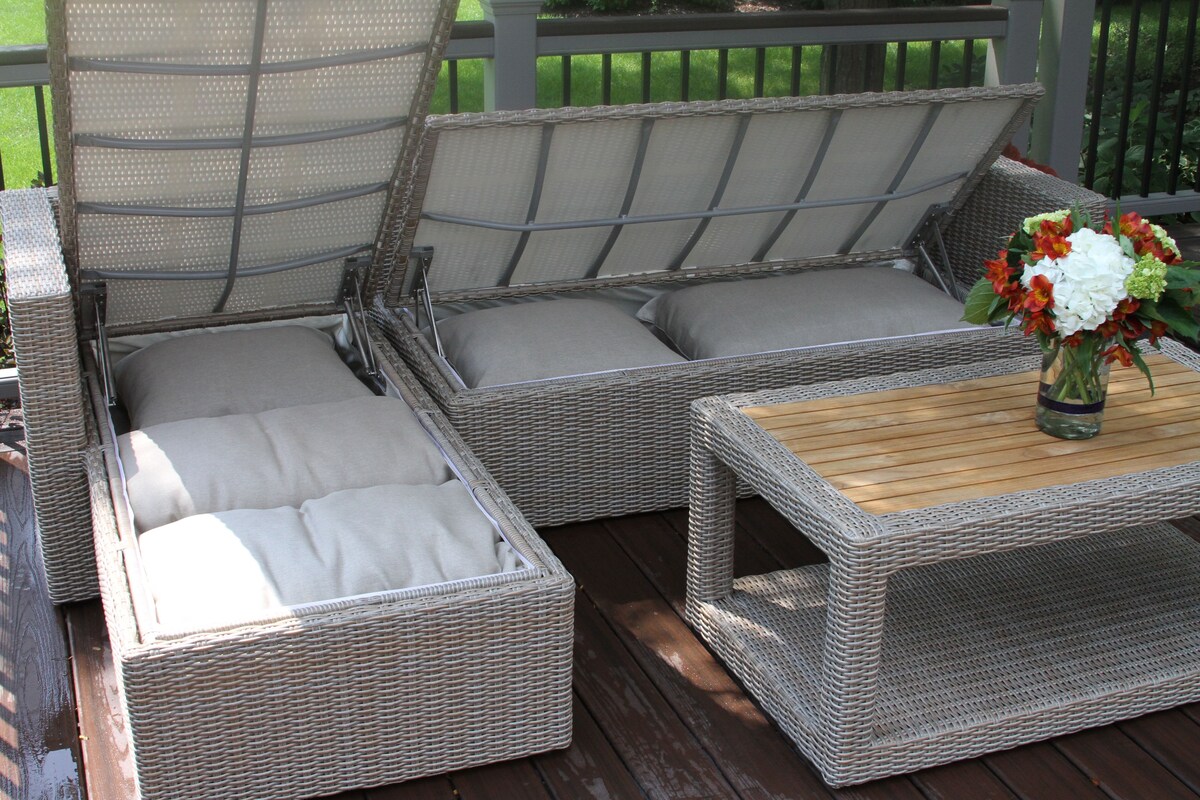
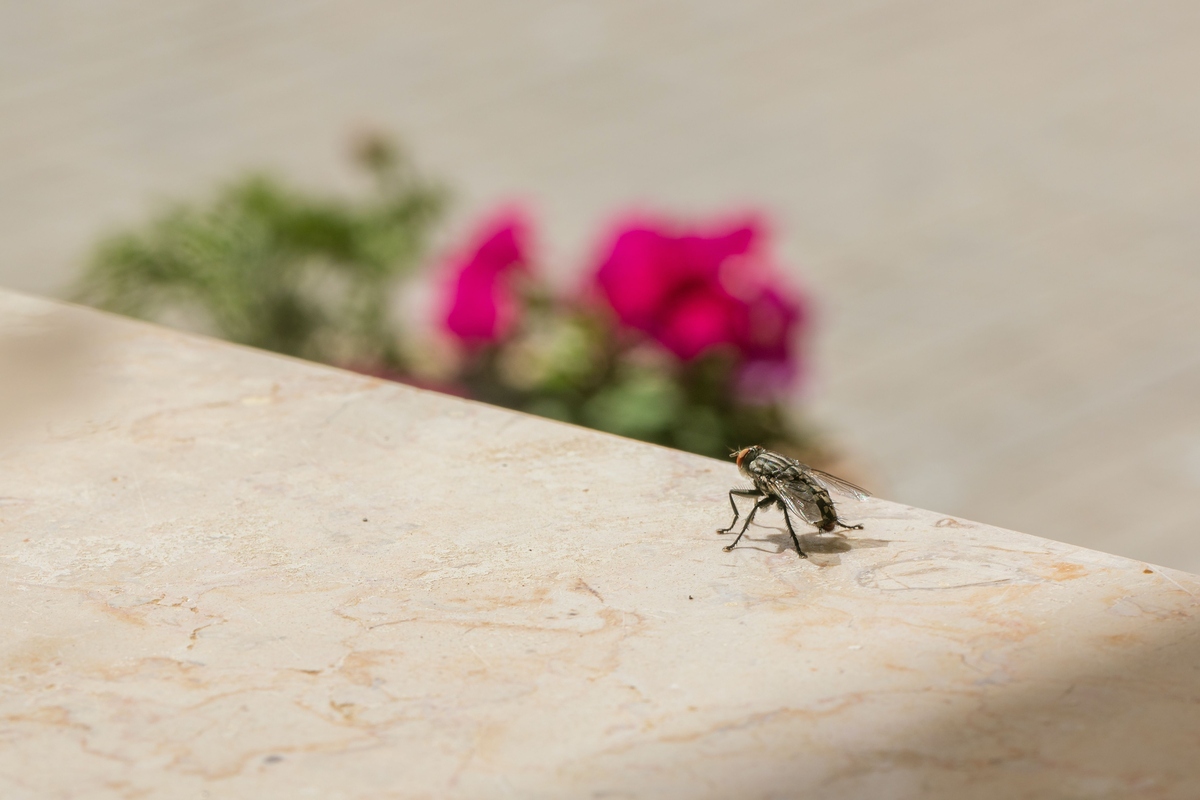
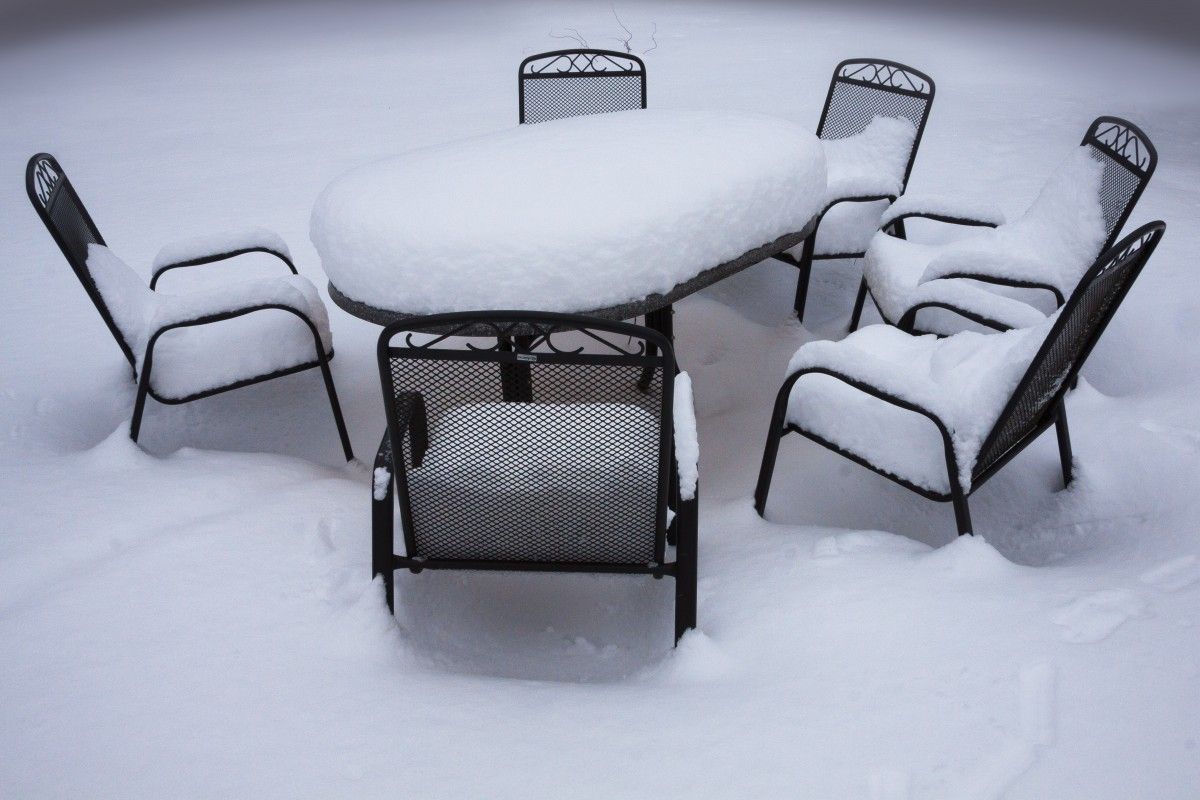
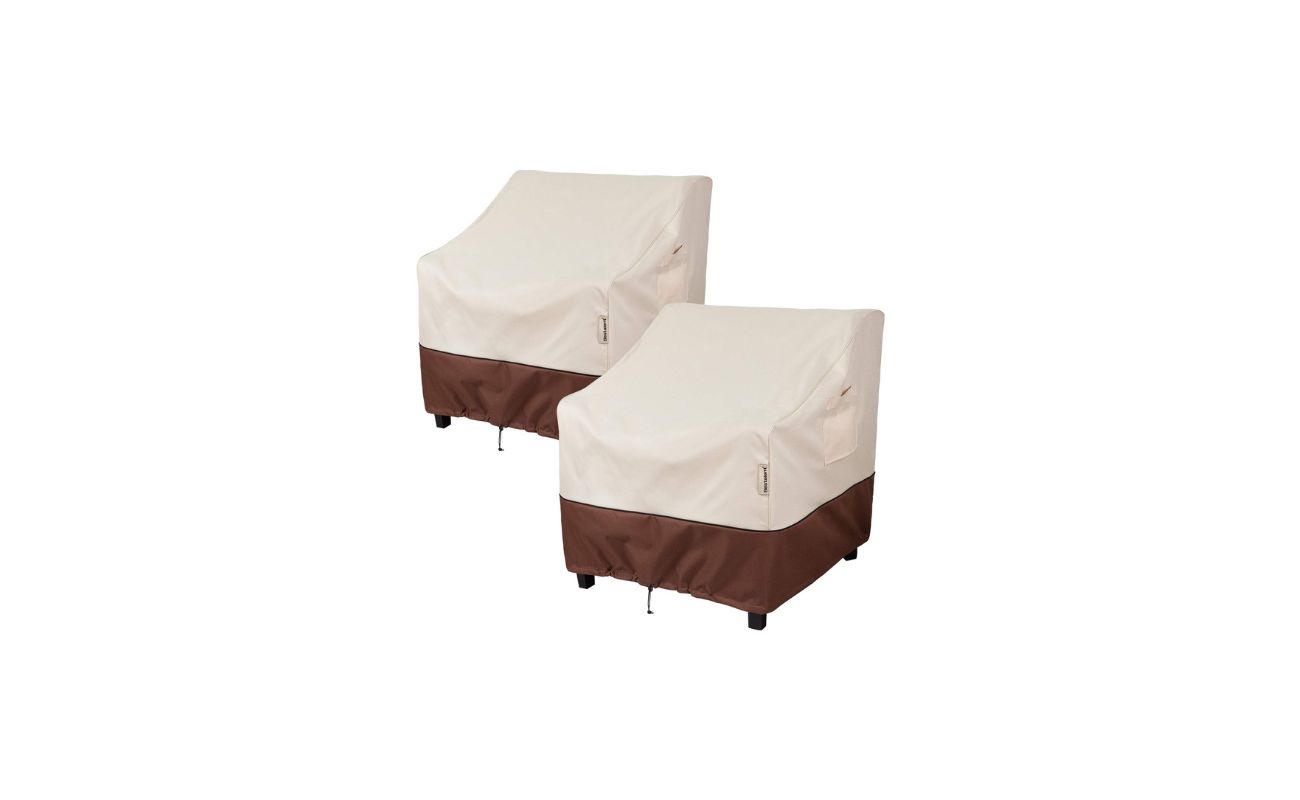
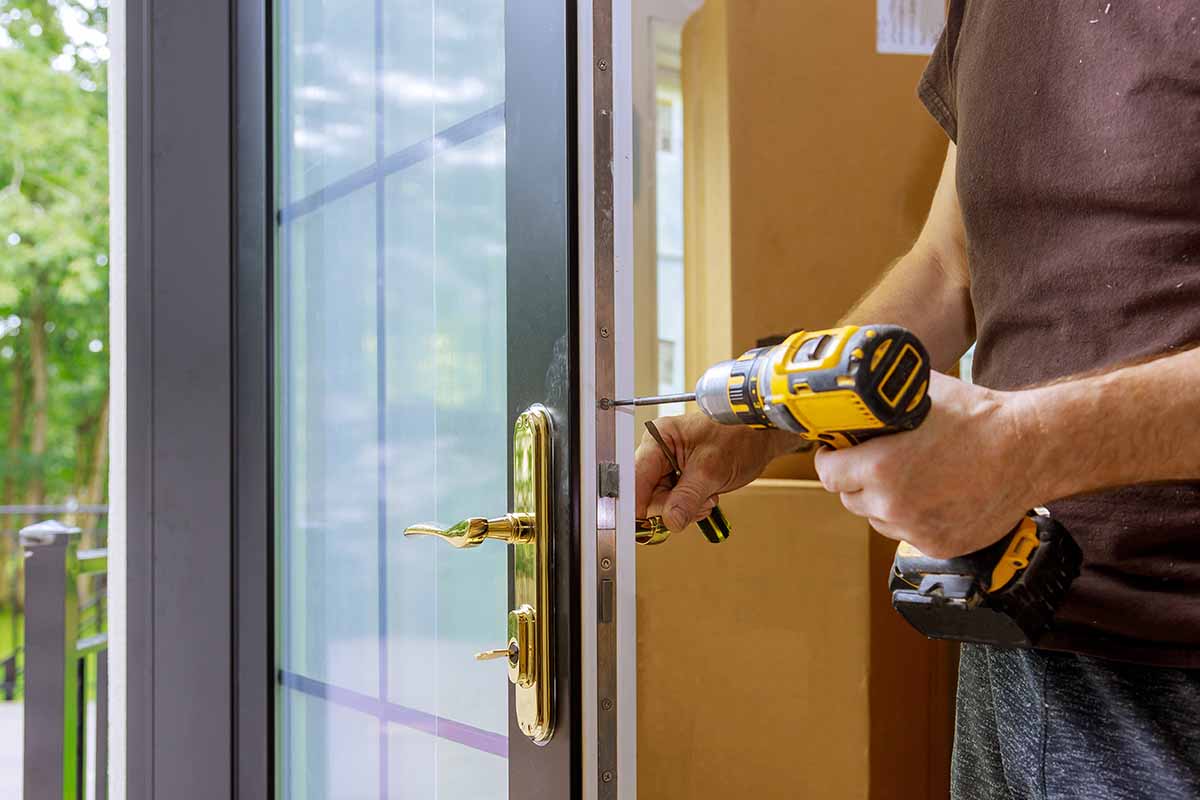
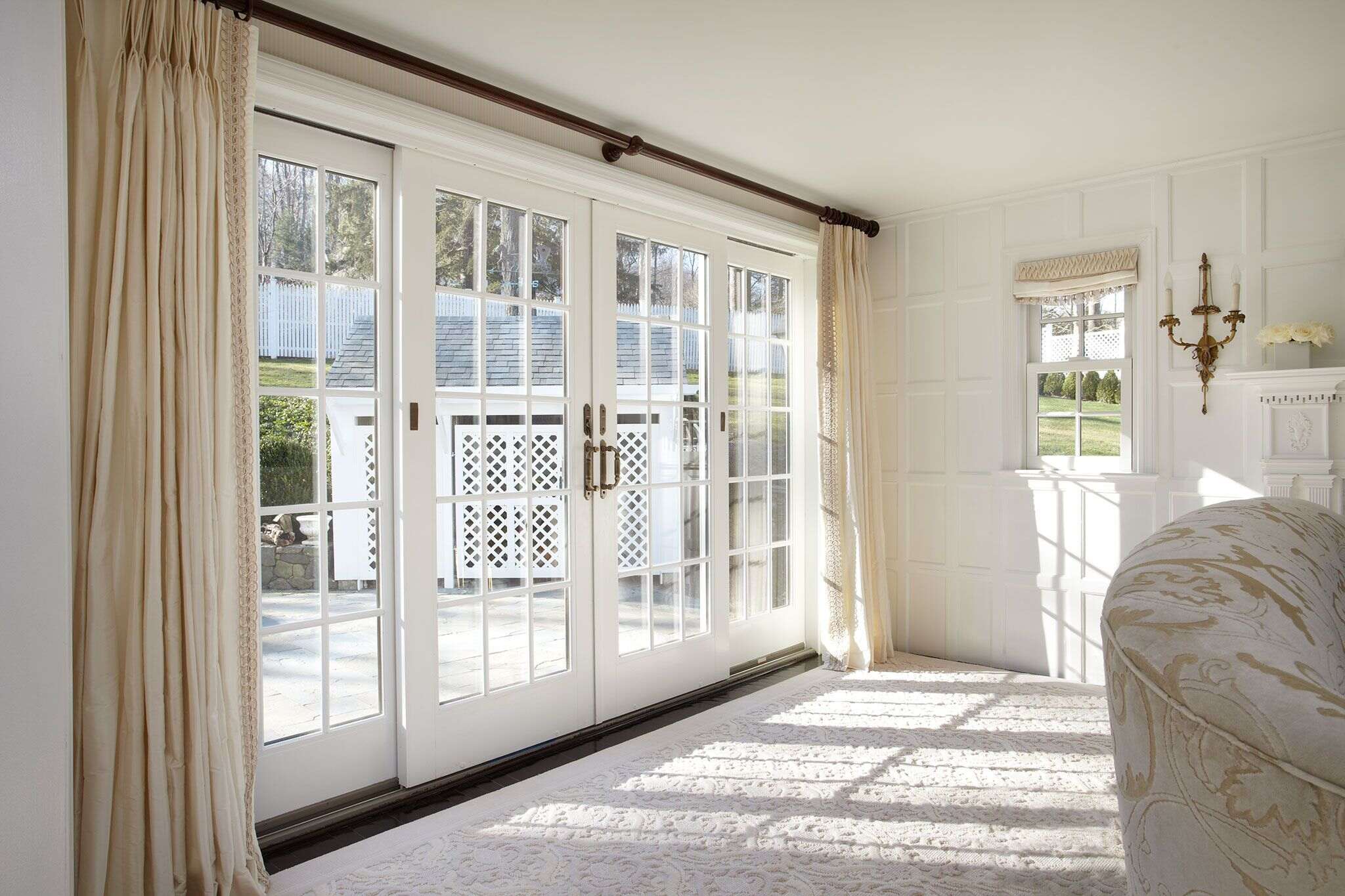
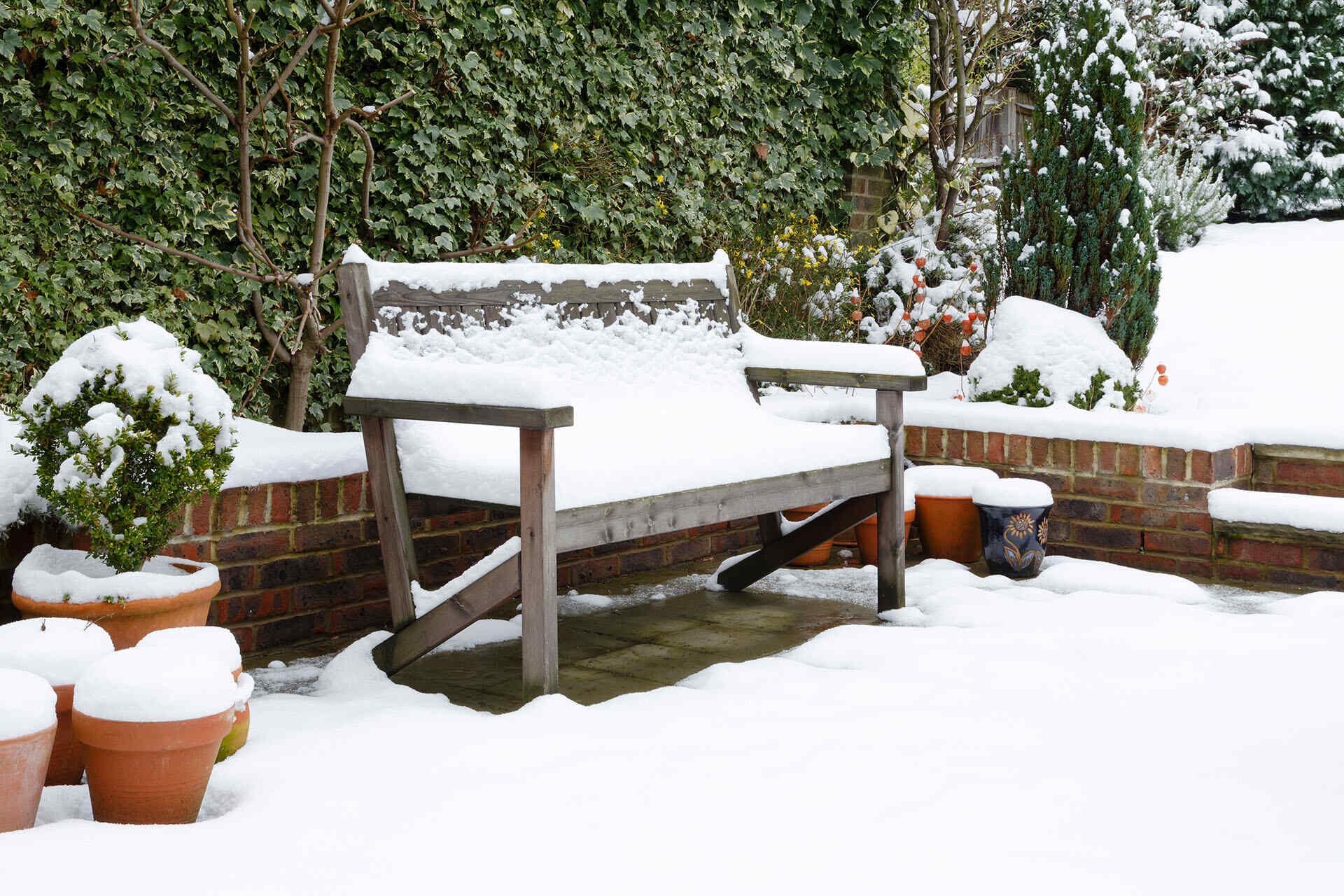
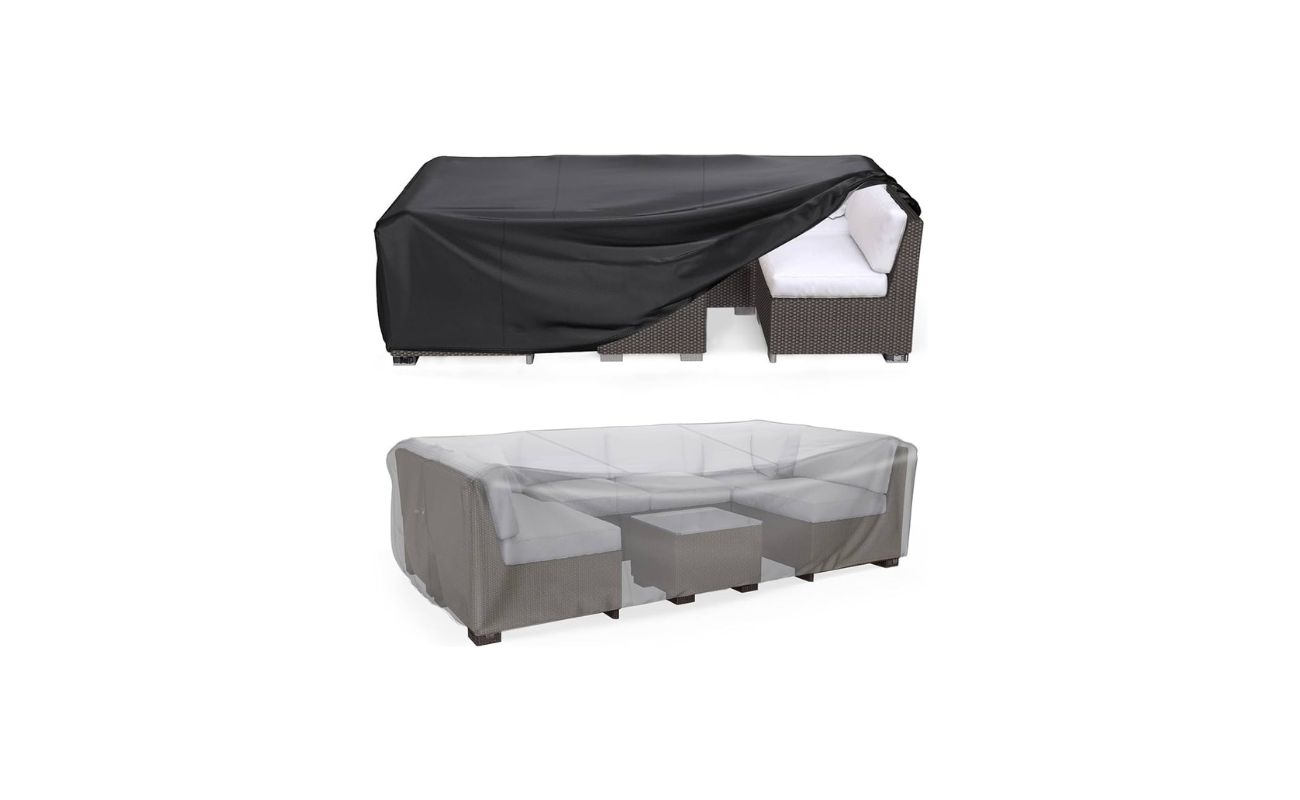
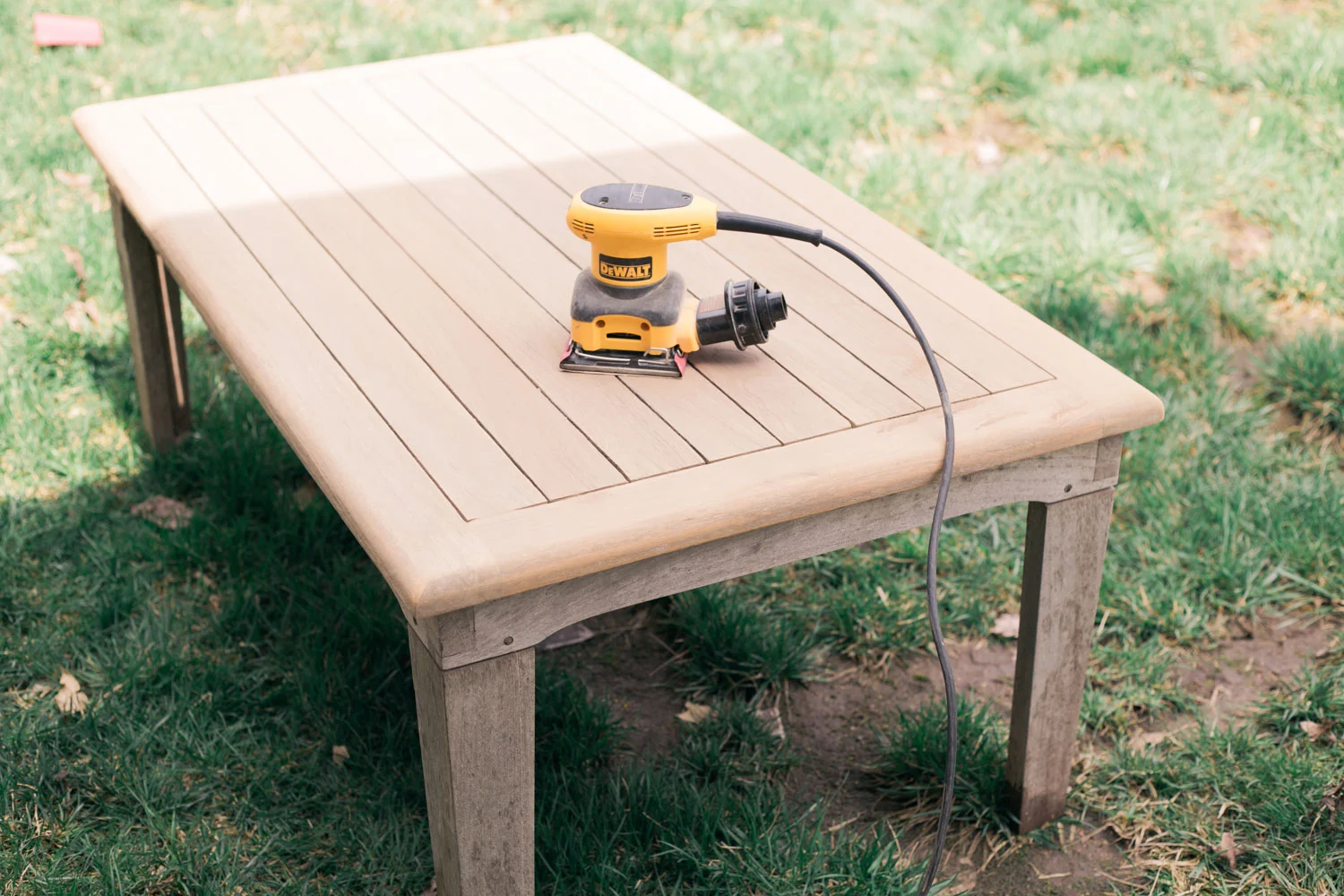
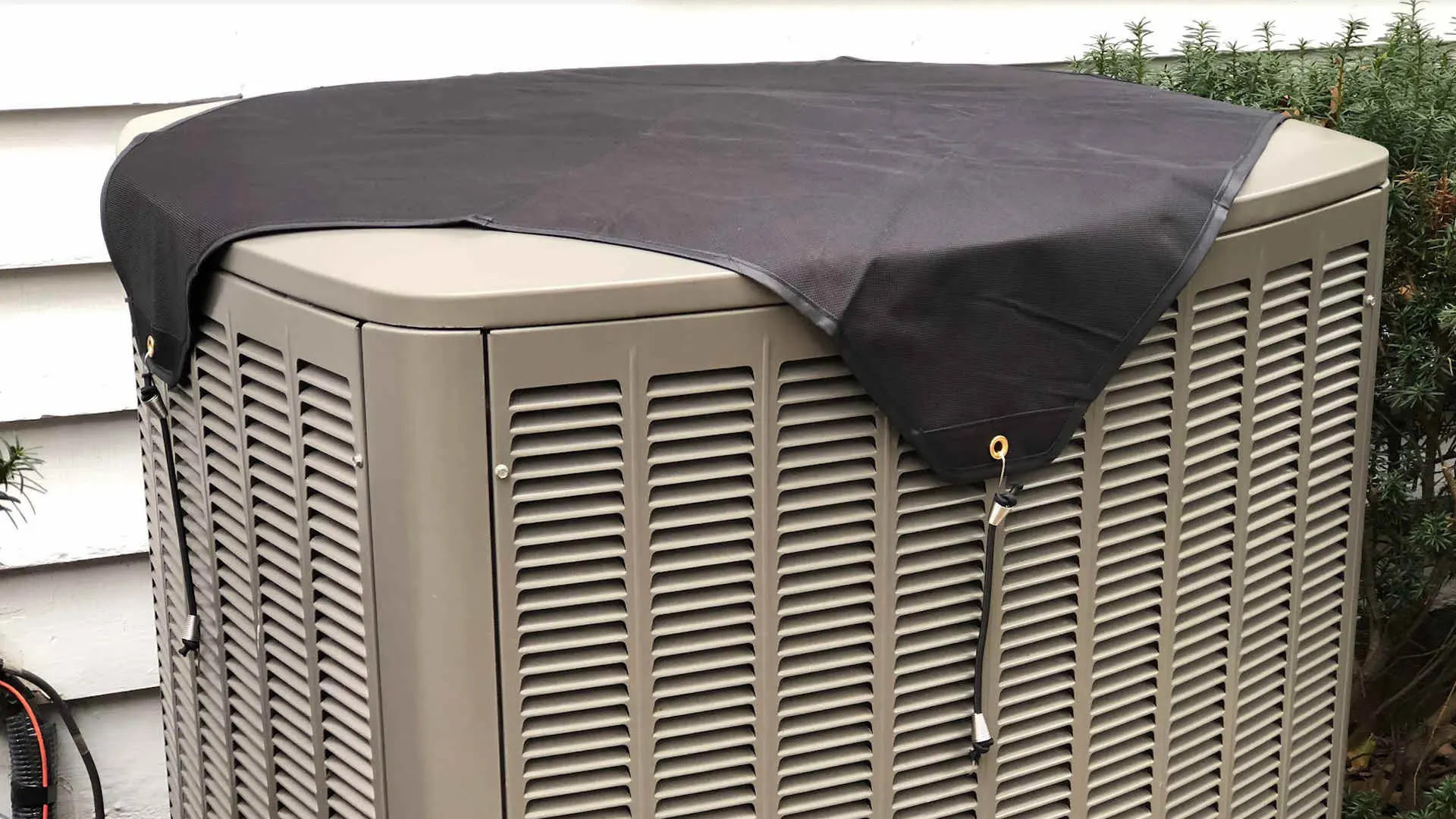
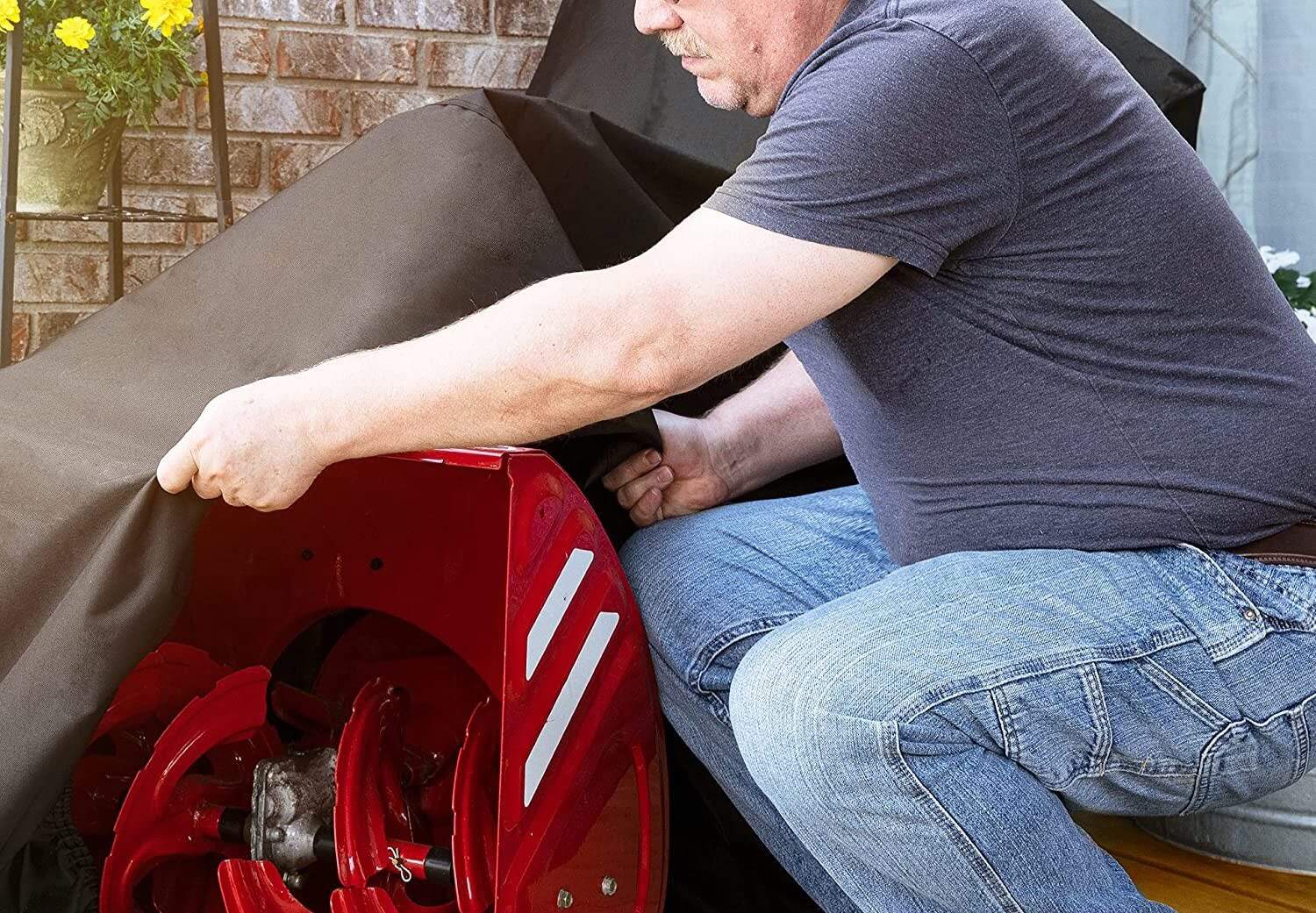

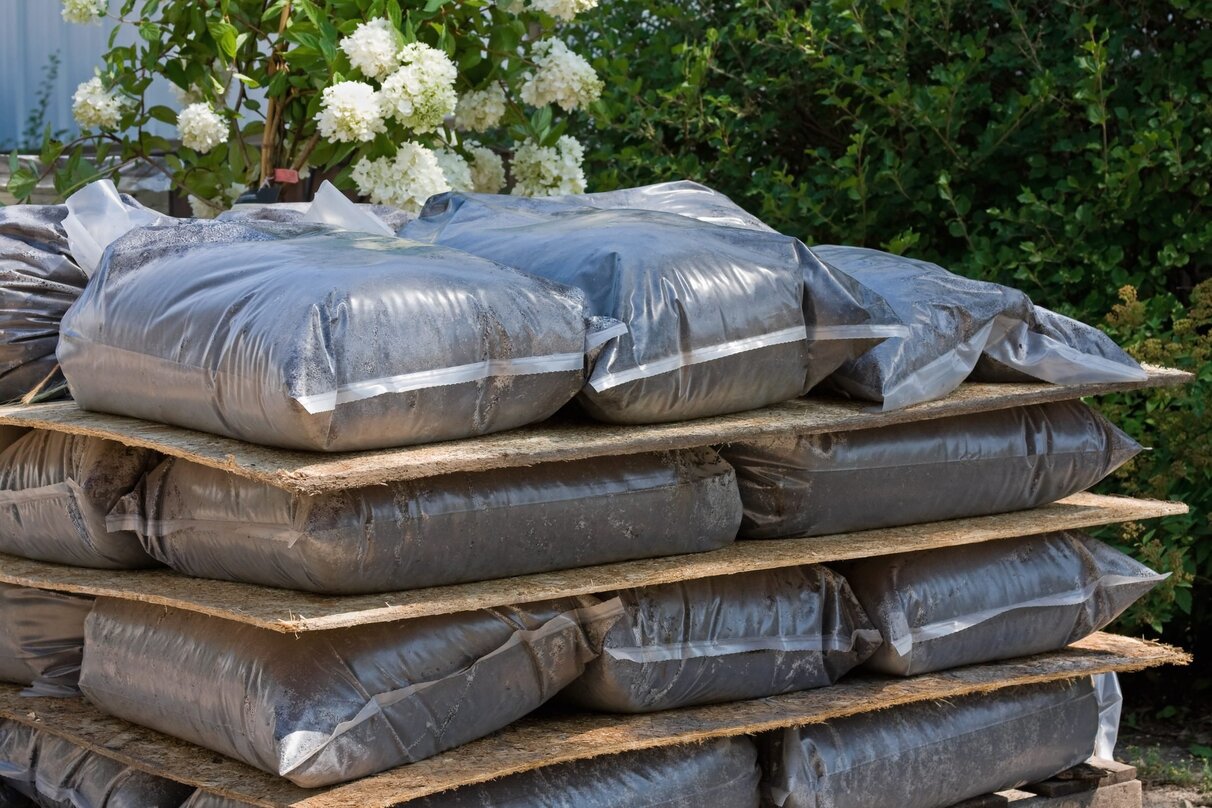

0 thoughts on “How To Store Patio Furniture Outside In Winter”